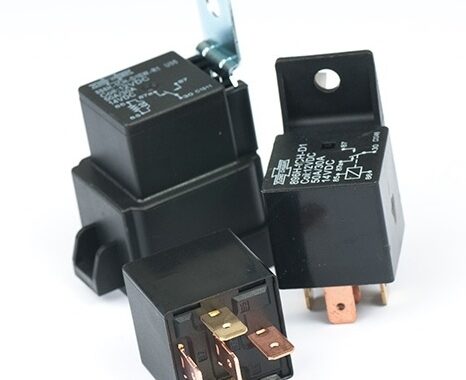Are you puzzled by the seemingly endless types of relays? You’re not alone! To make this topic simpler, we’ve broken down five common relay types to help you understand their unique purposes and decide which one is right for your application.
Before diving in, let’s clarify: a relay functions as an electrically operated switch. While a mechanical switch is manually operated, a relay performs the same function electrically. Though all relays share this fundamental principle, their specific features and applications vary. Read on to decode the differences and discover the right relay for your project.
What Is Inside a Relay?
Curious about the technical aspects of relays? Check out our detailed blog post on relay components to dive deeper into the technical details.
Change-Over Relays
A Change-Over Relay is one of the most common relay types, featuring five pins and two contacts connected to a common terminal. These relays can operate as either:
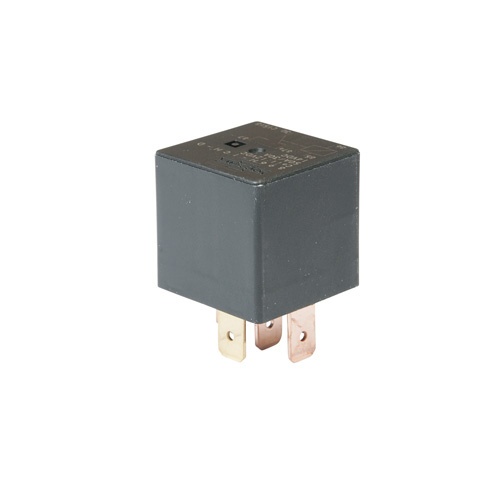
- Normally Open (NO): The circuit is disconnected (open) until the relay coil is energized. Once energized, the circuit closes.
- Normally Closed (NC): The circuit is connected (closed) until the relay coil is energized, which then opens the circuit.
The Change-Over relay can control two separate circuits—one NO and one NC—and can switch between them as needed. However, it’s important to note that both circuits cannot be active simultaneously.
Time Delay Relays
A Time Delay Relay functions like a standard relay but includes a timing mechanism. This relay holds a power supply for a specified period, ranging from a few seconds to several minutes, even after the power source is removed.
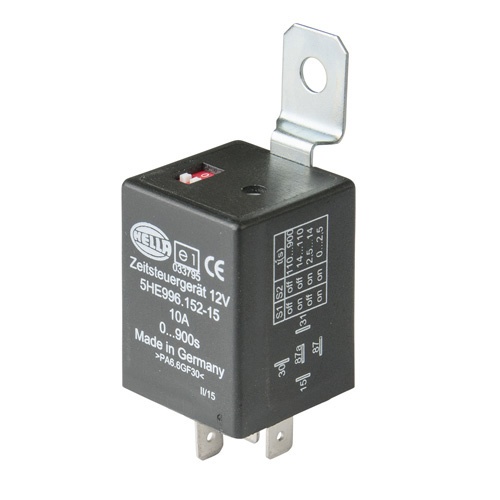
- On-Delay: Starts timing as soon as voltage is applied. After the delay period, the contacts close.
- Off-Delay: Begins timing only after the control input is removed. The contacts remain closed during the delay period before opening.
Understanding the timing specification (on-delay or off-delay) is crucial for proper use in applications requiring precise control over timing.
Latching Relays
A Latching Relay maintains its position (either set or rest) even after power is removed. This memory-like attribute makes it ideal for applications like controlling a light from multiple switches.
For example, in a multi-way switch setup, the relay remembers whether the light is on or off, ensuring proper functionality regardless of the last switch position.
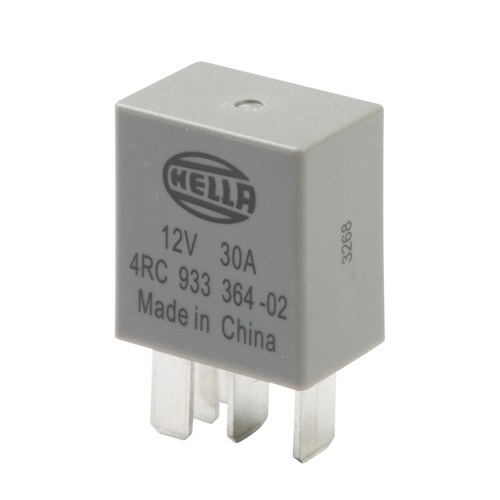
Solid State Relays
A Solid State Relay (SSR) differs from traditional relays because it has no moving parts. Instead, it uses semiconductor components to transfer current, making it:
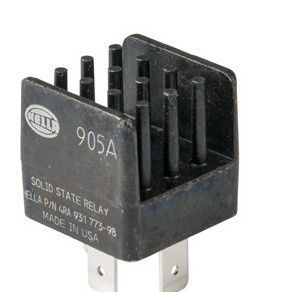
- Faster and more durable than mechanical relays.
- Resistant to wear and tear due to the absence of moving parts.
- Equipped with ignition protection, making it suitable for explosive environments or harsh conditions.
SSRs are perfect for high-frequency operations and environments where reliability is paramount.
Potted Relays
A Potted Relay is specifically designed for tough environments. These relays are sealed with materials like thermosetting plastics or silicone rubber to protect against:
- Dust and moisture.
- Shock and vibration.
This makes them ideal for marine, industrial, and other demanding applications where reliability is critical.
Hi-Amp Relays
In addition to the relay types above, Hi-Amp Relays are used for high-power applications like engine control, glow plugs, heated screens, and preheating systems. Del City offers a wide range of Bosch-Tyco Hi-Amp Relays for heavy-duty projects. Explore Hi-Amp Relays here.
Finding the Right Relay
With so many options, choosing the right relay might feel overwhelming. Hopefully, this guide has simplified the process! Still have questions? Learn more about how relays work or explore our full range of automotive relays.
Need more help? Don’t hesitate to contact our team for personalized guidance. We’re here to help you find the perfect relay for your needs!
